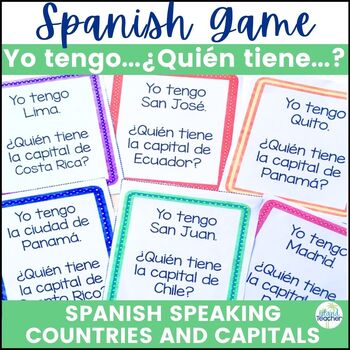Higher Order Thinking Skills (HOTS) are activities in which learning requires augmented levels of cognitive processing. On a Bloom's Taxonomy scale these activities would fall under the category of analysis, evaluation, or synthesis. Chances are that if you're still in the classroom you've heard this terminology a lot. How can we add these activities in the language classroom?
One way to incorporate HOTS is by providing students with more activities that require problem solving. Think of conversations where students are only given half of the information and then must complete the missing parts logically to finish it. This activity could be completed by providing students with blank spaces where the other half of the conversation would be found. They could work individually to brainstorm possible responses and then after a specified amount of time students could partner up with each other. Next, they would share their thoughts from their brainstorming session. Then, students would decide who is Partner A and who is Partner B. The teacher would provide Partner A with one half of the completed conversation and Partner B with the other half. Students would take turns reading their role and filling in the page with what they hear from their partner. Finally, students could create a Venn Diagram comparing and contrasting their initial ideas of the logical completion of the conversation with the full conversation they worked on with their partner. As a follow up activity students could develop their own conversation on the same concepts for a class work or homework assignment.
Check out these ready to go activities for the French classroom:
 |
| L'École |
 |
| Les Passe-Temps |
 |
| La Jeunesse |
 |
| Greetings and Salutations |
How do you incorporate HOTS activities into your WL classroom? We'd love to hear some other ideas! Leave a comment below.






